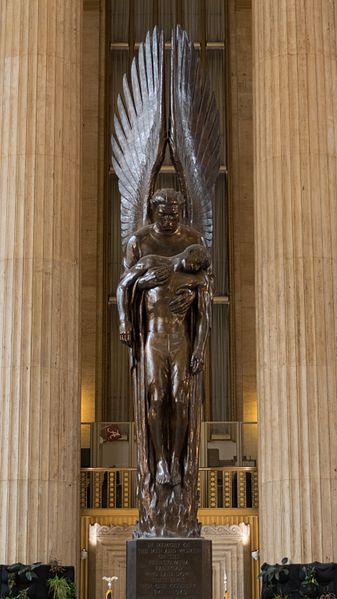We counted to 89 in Russian, let's keep going!
90 девяносто (devyanosto) - sounds like deh-v-yah-noh-stoh 文A
91 девяносто один (devyanosto odin) - sounds like deh-v-yah-noh-stoh oh-dee-n 文A
92 девяносто два (devyanosto dva) - sounds like deh-v-yah-noh-stoh d-vah 文A
93 девяносто три (devyanosto tri) - sounds like deh-v-yah-noh-stoh t-dee 文A
94 девяносто четыре (devyanosto chetyre) - sounds like deh-v-yah-noh-stoh cheh-tee-dee 文A
95 девяносто пять (devyanosto pyat') - sounds like deh-v-yah-noh-stoh pee-yah-t 文A
96 девяносто шесть (devyanosto shest') - sounds like deh-v-yah-noh-stoh sheh-s-t 文A
97 девяносто семь (devyanosto sem') - sounds like deh-v-yah-noh-stoh seh-m 文A
98 девяносто восемь (devyanosto vosem') - sounds like deh-v-yah-noh-stoh voh-seh-m 文A
99 девяносто девять (devyanosto devyat') - sounds like deh-v-yah-noh-stoh day-v-yah-t 文A

(from: wikipedia - russian academy of sciences)
Norwegian: nitti, nittien, nittito, nittitre, nittifire, nittifam, nittiseks, nittisyv, nittiåtte, nittini
Greek: ενενήντα (enenínta), ενενήντα ένα (enenínta éna), ενενήντα δύο (enenínta dýo), ενενήντα τρεις (enenínta treis), ενενήντα τέσσερις (enenínta tésseris), ενενήντα πέντε (enenínta pénte), ενενήντα έξι (enenínta éxi), ενενήντα επτά (enenínta eptá), ενενήντα οκτώ (enenínta októ), ενενήντα εννέα (enenínta ennéa)
ASL: Ninety, ninety one, ninety two, ninety three, ninety four, ninety five, ninety six, ninety seven, ninety eight, ninety nine
Italian: novanta, novantuno, novantadoue, novantatre, novantaquattro, novantacinque, novantasei, novantasette, novantotto, novantanove
German: neunzig, einundneunzig, zweiundneunzig, dreiundneunzig, vierundneunzig, fünfundneunzig, sechsundneunzig, siebenundneunzig, achtundneunzig, neunundneunzig
Spanish: noventa, noventa y uno, noventa y dos, noventa y tres, noventa y cuatro, noventa y cinco, noventa y seis, noventa y siete, noventa y ocho, noventa y nueve
French: quatre-vingts dix, quatre-vingt onze, quatre-vingt douze, quatre-vingt treize, quatre-vingt quatorze, quatre-vingt quinze, quatre-vingt seize, quatre-vingt dix sept, quatre-vingt dix huit, quatre-vingt dix neuf






